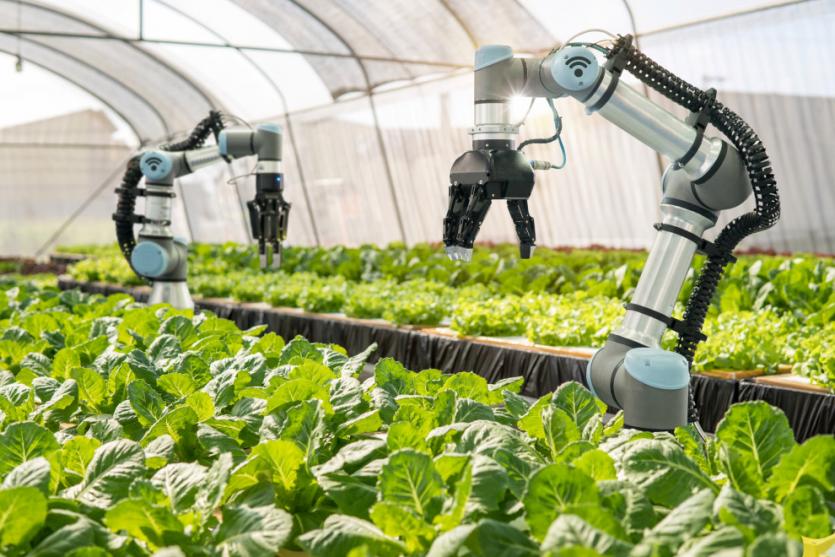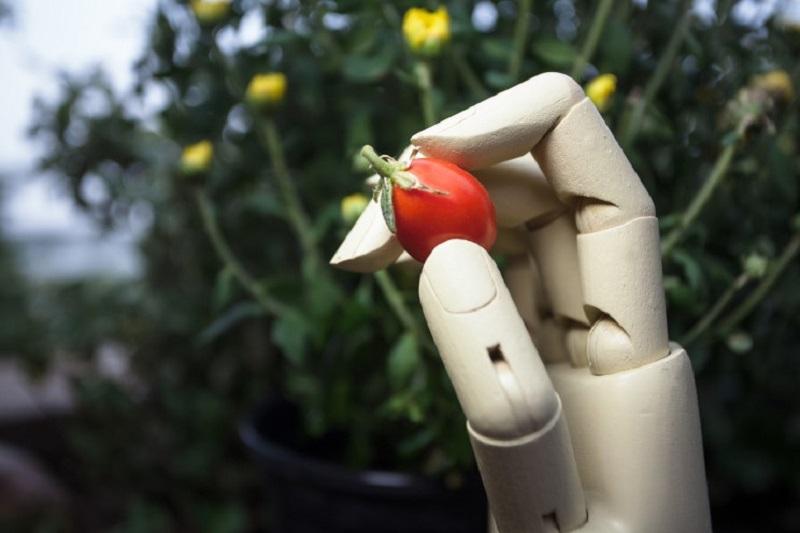Can Machine Learning Help Make Fruits And Vegetables Tastier?
Although Fruits And Vegetables Are Considered Valuable Foods And Is Recommended To Be Included In The Daily Diet, More And More People Are Losing Their True Taste And Less And fewer Consumers Are Eager To Buy Them.
Fruits And Vegetables Tastier, Over the years, experts have always produced fruits based on traits such as color, etc., and have not been able to provide a method for producing fruits based on taste.
In research, attempts have been made to create models based on machine learning and data sets obtained from testing and scoring several consumers, to solve this problem.
These models can evaluate consumer scores. Models are expected to provide early flavor combinations for breeding purposes, resulting in more delicious fruits.
The taste of fruits and vegetables that we prepare and consume daily does not appeal to us. It may be because agricultural producers prioritize other things when cultivating new varieties of agricultural products than taste; Because they do not have the right tools for sampling.
In a recent study published in a report, researchers at the University of Florida came up with surprising results.
They have found that for years, agricultural growers have considered only the sweet or sour factor to improve their taste and have neglected other factors that will enhance the flavor of fruits and vegetables.
While Patrico Monoz, an agricultural expert and one of the authors of a recent article, believes that only 40% of the taste of a fruit depends on the sugar and acid it contains; The other 60% depends on different chemicals in the products that our sense of smell can detect.
In this research, researchers were able to provide a way to better detect and produce taste based on the chemical composition of the product. All of these findings could change the future of agriculture.
The relationship between the chemicals in fruits and their taste
During their research, the researchers examined different types of agricultural products. Due to this research, they selected two general types of data in the data set they collected.
The first type of data was related to the chemical characteristics of the products. The second data was the ratings different people gave to the products based on their sweetness and deliciousness.
Using this data, they were able to find the relationship between the product’s taste and the chemical composition for each type of product, for example, different kinds of tomatoes, and then models using machine learning.
And create the resulting data set as input data to show the relationship between taste and chemical composition. For fruits such as raspberries, a chemical compound characterizes their taste.
But for others, such as tomatoes, the issue was not so simple, and the taste resulted from the interaction of several chemical compounds with each other.
How to improve the taste of fruits with the help of machine learning?
Breeders can not change the taste of a product by directly changing its chemical composition, and they can only affect genes; Of course, this is still a challenging issue despite technological advances.
According to another author of the article, breeders today, unlike in the past, use technologies and robots that help them identify which branches of a species are mass-grown based on characteristics such as color or amount of fruit produced.
However, measuring characteristics such as taste is not so simple; Because to determine its quality or the breeder must taste it, which can be a taste that does not provide citation results or data testing and data collection by more people, which in this case will also be costly and time-consuming.
“We can now do this easily using machine learning and new research that has been done,” he added.
What makes fruits taste and understand is their chemical composition. Our taste buds usually detect sugar and acid, while our olfactory receptors sense volatiles. The researchers believed that by quantifying the chemical properties of a product and using machine learning, models could be made that could predict consumers’ preferred tastes.
Using these models, the capacity of the taste phenotype (appearance quality) increases, and the grower can choose hundreds of genotypes (genetic structure) for a better taste of fruits in each season.

In studies of food taste, researchers used two basic patterns in artificial intelligence and machine learning: multiple linear regression and PLS regression. These two models are widely used in statistical modeling.
However, developing metabolic prediction models is not an easy task; Because there are so many chemical compounds in a fruit. Of course, geneticists today work with similar data and can select data with genomic information.
“In this study, a range of statistical and machine learning models were evaluated, which, given the chemical properties of the fruit, make it possible to predict the consumer’s preferred taste,” the researchers said.
Metabolome level information and data from consumer ratings combine. They then observed that metabolic prediction models could be used in a breeding program for better-tasting products for more accurate selection.
In addition, models were used to understand the role of volatiles, sugars, and acids, which are more popular.
The results showed that about 56% of volatile compounds play a vital role in the taste that people like.
The study also proved that machine learning is the best way to predict taste better; ” the metabolic selection is more accurate than genomic selection models.”
Of course, it should add that the purpose of this research is not to produce a specific fruit. Differences in different tastes, cultures, and countries are the main reason. The data set obtained as a result of this research in the United States is based on the preferences of the citizens of this country, and the new fruit produced based on this data may not be liked by the people of other countries.












